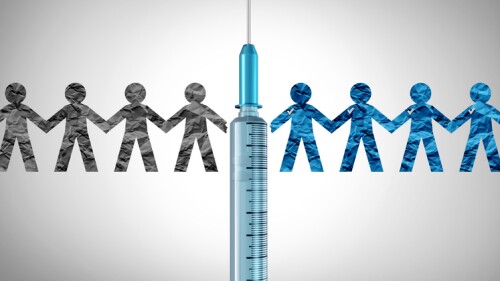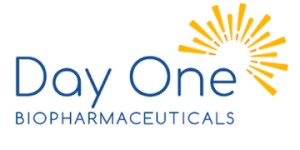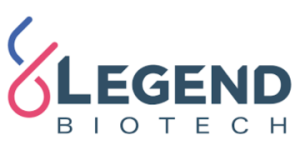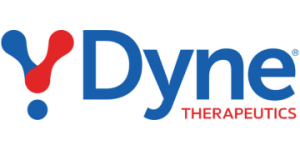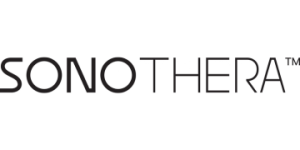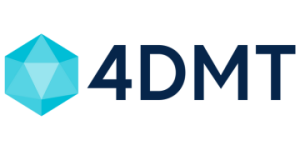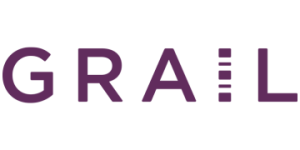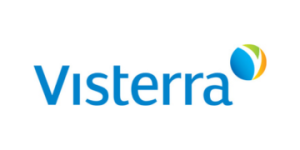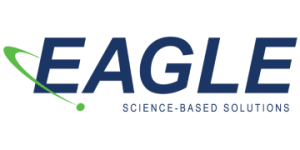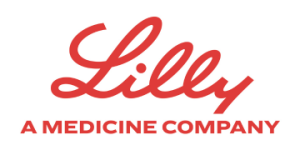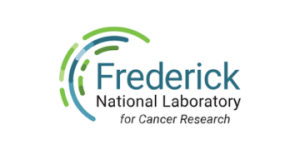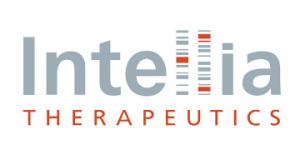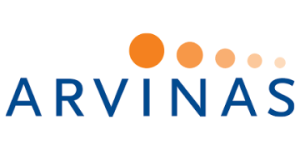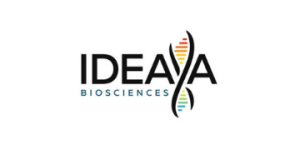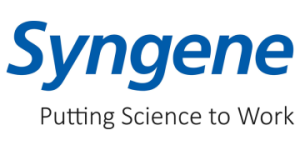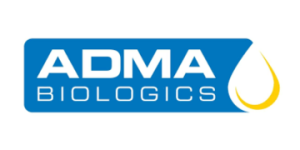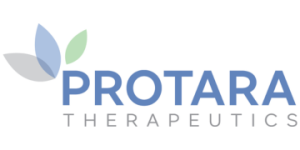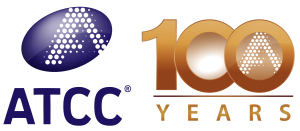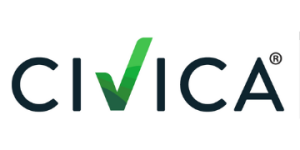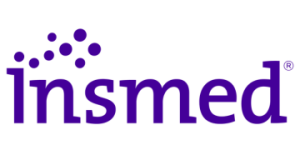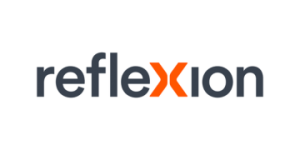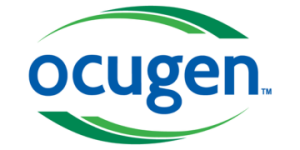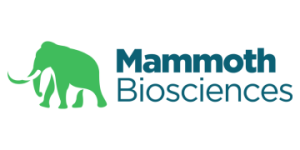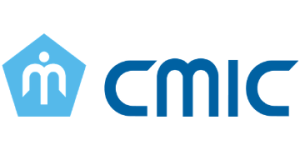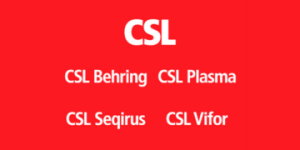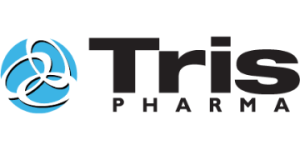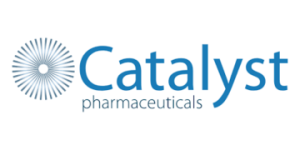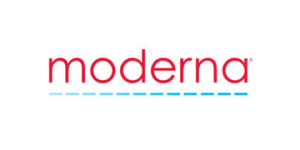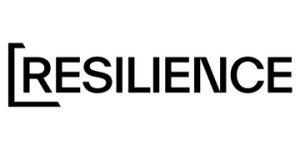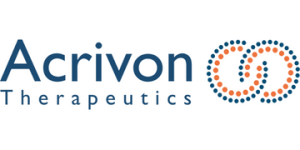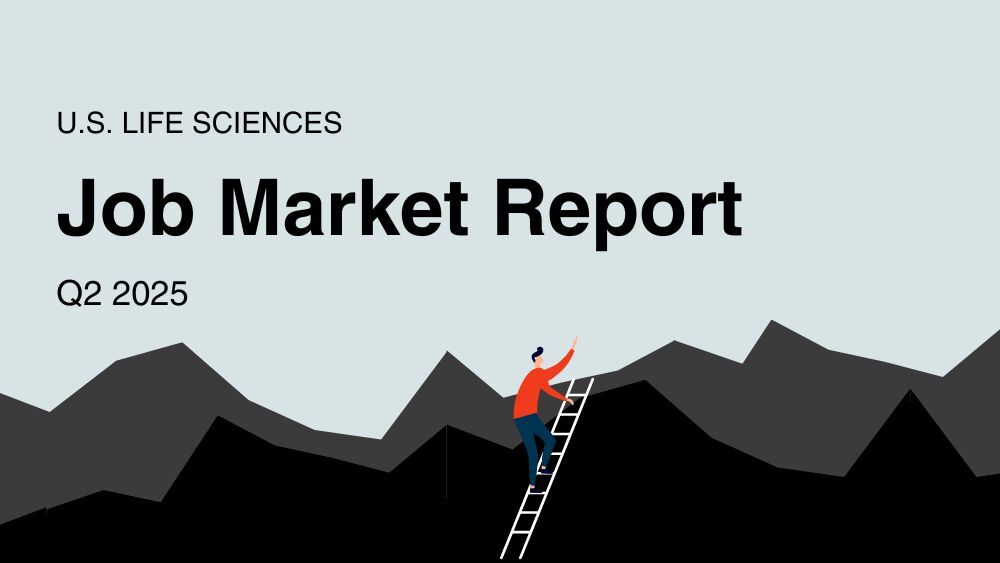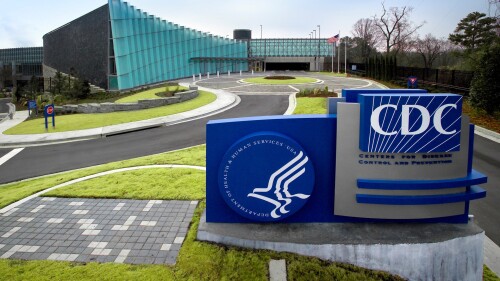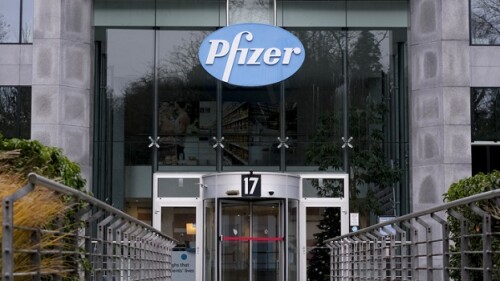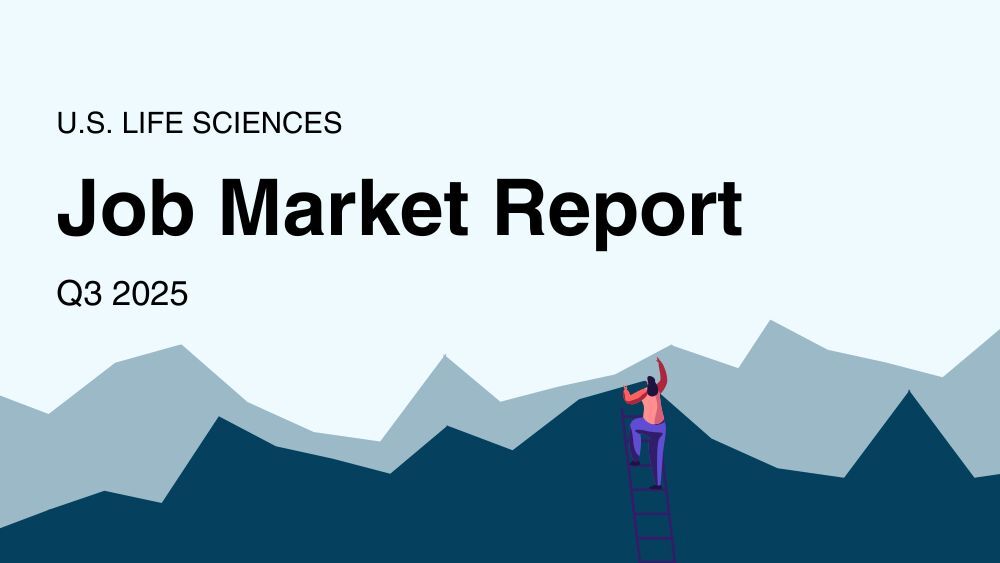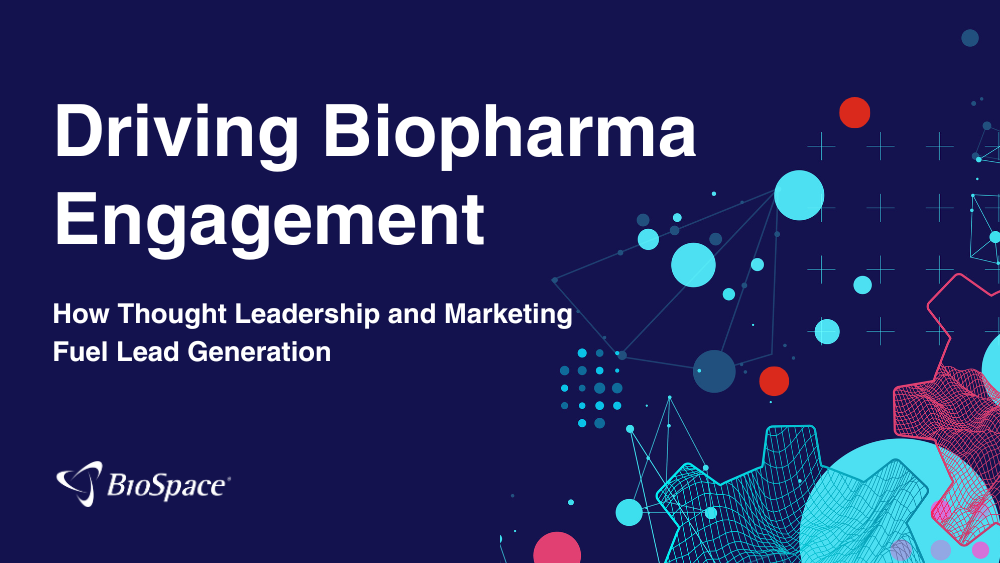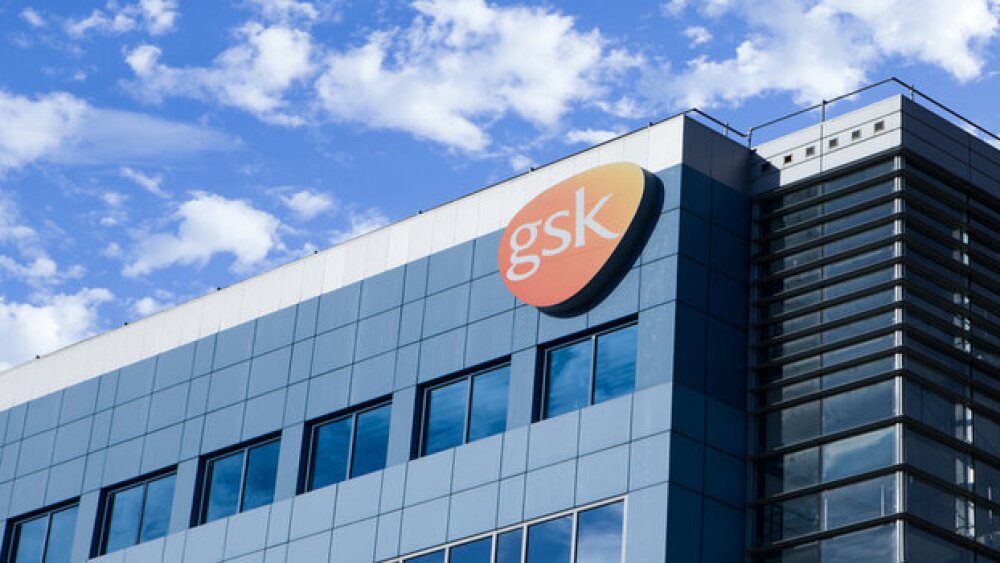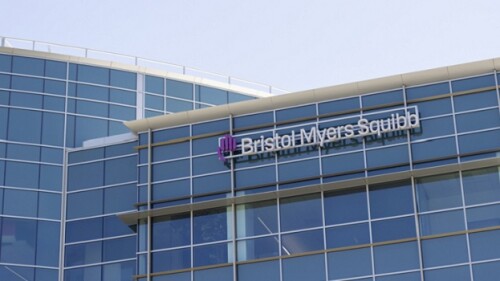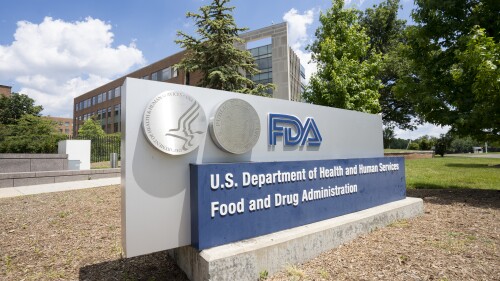For $950 million upfront, Sobi will gain ownership to pozdeutinurad, an oral URAT1 inhibitor that performed well in Phase II studies.
The FDA’s Vinay Prasad recently claimed in an internal memo that at least 10 children have died from coronavirus vaccines, but an internal safety review showed that the count was much lower.
The FDA intends to place a black box label—its most serious warning—on COVID-19 vaccines, according to reporting by CNN. It is unclear if the warning would apply to Moderna’s, Pfizer/BioNTech’s and Novavax’s shots, or to all age groups.
Generalized myasthenia gravis is Uplizna’s second new indication this year, after the FDA cleared the anti-CD19 antibody for IgG4-related disease in April.
Blujepa is also approved for uncomplicated urinary tract infection in females 12 years and older.
The 2024–2025 formulations of COVID-19 vaccines had an effectiveness rate of 76% at preventing emergency or urgent care visits in children aged 9 months through four years, according to a new report.
FEATURED STORIES
Long a quieter, locally focused industry, Japanese pharma giants are increasingly looking to the rest of the world for deals.
After a series of unfortunate regulatory rejections and manufacturing issues surfaced, Regeneron’s shares dipped to $483 this summer—the lowest they’d been since early 2021. But they now sit higher than they did at the start of the year.
The status could support staged transitions to new manufacturing processes, potentially mitigating some risks of high-stakes switches.
What China is accomplishing in R&D “has implications for everyone playing in the R&D or innovation world,” McKinsey’s Fangning Zhang says.
As the FDA unveils a parade of initiatives aimed at accelerating drug development for rare diseases, experts appeal for a consistent approval process that will support and further catalyze momentum.
The R&D pipeline for depression therapies faced a demoralizing 2025 as five high-profile candidates, including KOR antagonists by Johnson & Johnson and Neumora Therapeutics, flunked late-stage clinical trials, underscoring the persistent challenges of CNS drug development.
LATEST PODCASTS
Experts unpack the implications of CBER Director Vinay Prasad’s claim that COVID vaccines have caused 10+ child deaths; the 2025 Clinical Trials on Alzheimer’s Disease conference continues following two disappointing readouts; and Novo Nordisk’s amycretin yields promising weight loss results.
Merck has made a $9.2 billion play for Cidara, and there’s another bidding war afoot, this one for sleep biotech Avadel. Meanwhile, Rick Pazdur has taken the helm at CDER while tensions run high between FDA Commissioner Marty Makary and Health Secretary RFK Jr.
In this episode presented by Slone Partners, Leslie Loveless, Co-CEO and Managing Partner discusses how hiring and the building of executive teams has responded to the current biotech environment.
Job Trends
BioSpace has named 50 life sciences companies to its 2026 Best Places to Work list. AbbVie, Amneal Pharmaceuticals and BridgeBio executives share what makes their organizations special.
Subscribe to GenePool
Subscribe to BioSpace’s flagship publication including top headlines, special editions and life sciences’ most important breaking news
SPECIAL EDITIONS
BioSpace data show biopharma professionals faced increased competition for fewer employment opportunities during the second quarter of 2025, with increased pressure from further layoffs.
BioSpace did a deep dive into executive pay, examining the highest compensation packages, pay ratios and golden parachutes—what a CEO would get paid to leave.
A new generation of checkpoint inhibitors is emerging, with some showing more promise than others. From recent TIGIT failures to high-potential targets like VEGF, BioSpace explores what’s on the horizon in immuno-oncology.
DEALS
-
Drug candidates don’t usually move among Big Pharma, but these five biotechs helped facilitate such hand-offs, scooping up assets from one pharma on the cheap before being bought out for billions by another.
-
Halda Therapeutics is developing oral assets for prostate and lung cancer. The deal comes after Johnson & Johnson set an ambitious goal for its oncology sales by 2030.
-
The companies have yet to disclose how many programs they plan to collaborate on or what indications they will prioritize.
-
A day after Pfizer closed its hotly contested Metsera deal, Lundbeck has made an unsolicited offer to steal Avadel Pharmaceuticals away from Alkermes.
-
At $9.2 billion, the Cidara acquisition lands among the top 5 largest deals of the year.
WEIGHT LOSS
-
Structure’s aleniglipron elicited over 11% weight loss in a Phase II trial, sending the biotech’s stock up nearly 103% as markets closed on Monday.
-
Although still in Phase I, Wave Life Sciences’ injectable RNA weight loss treatment achieved results that impressed analysts, with 4% fat reduction after three months, beating Novo Nordisk’s semaglutide at a similar time point.
-
Experts unpack the implications of CBER Director Vinay Prasad’s claim that COVID vaccines have caused 10+ child deaths; the 2025 Clinical Trials on Alzheimer’s Disease conference continues following two disappointing readouts; and Novo Nordisk’s amycretin yields promising weight loss results.
-
While the TrumpRx deals only cover Lilly and Novo for now, the agreements are good for any cardiometabolic biotechs waiting in the wings, according to a new 2026 preview report from PitchBook.
-
Following Novo Nordisk’s price cuts for its own GLP-1 medicines, Eli Lilly is offering discounts for the obesity drug purchased through LillyDirect. Both pharmas recently struck a deal with the White House for cheaper prices via the yet-to-be-launched TrumpRx.
POLICY
-
With new UK clinical trial rules landing in 2026, the EU Biotech Act on the horizon and China and Australia gaining ground, CROs are zeroing in on study timelines, AI/ML and data privacy as the industry’s next pressure points.
-
This week’s meeting of the Advisory Committee on Immunization Practices will be led by Kirk Milhoan, a physician and pastor who recently claimed that COVID-19 vaccines contained a contamination that causes cancer.
-
U.K.-based pharmas will not face tariffs as long as Donald Trump is president, according to the agreement.
-
The discounts should be compared against the drugs’ “ultimate net price” rather than their indicated list price to gauge the true impact of the negotiations, BMO Capital Markets analysts said.
-
The record-setting government shutdown was just the latest blow to the U.S. biopharma industry. When science funding becomes a casualty of political gridlock, we lose valuable talent, erode public trust and jeopardize our position as a global leader in innovation.
In a volatile industry, staying put might seem like a smart bet, but job hugging can quietly erode your visibility, growth and future opportunities.
Transparency doesn’t drive people away. It attracts the right ones and keeps them committed. Leadership coach Angela Justice discusses the problem with leaders only selling the upside and the value of setting accurate expectations from the start.
Media coverage can help biopharma executives connect with, inform and inspire the public. In this column, Kaye/Bassman’s Michael Pietrack and three communications experts share how to make the most of these opportunities.
What if loyalty is holding you back? While it’s a sign of character, consistency and belief in a mission bigger than yourself, it can also keep you stuck in a job when you should be moving on.
It’s easy to get caught up in defending yourself against critique that feels unfair. Leadership coach Angela Justice recommends a different approach that can help you better align how you want to be seen with how you’re showing up.
Tapping into the hidden job market can be challenging but is important in today’s employer-driven market. Three talent acquisition experts share tips for accessing hard-to-find roles.
HOTBEDS
REPORTS
BioSpace’s Q3 2025 U.S. Life Sciences Job Market Report reveals a turbulent quarter for biopharma hiring, with record declines in job postings, rising layoffs, and cautious employer sentiment shaping the industry’s employment landscape.
Establishing trust through thought leadership is no longer optional in today’s cautious biopharma market. Learn how strategic insights and targeted outreach can turn awareness into high-converting leads.
The life sciences job market continues to shift. BioSpace’s Q2 2025 U.S. Life Sciences Job Market Report is now available, offering exclusive insights into the latest hiring trends, layoffs, and workforce dynamics across the life sciences industry.
CANCER
-
GSK and Ideaya first linked up in 2020 to advance novel therapies for solid tumors. It is unclear why the pharma terminated the partnership.
-
The partnership will focus on Crescent’s PD-1/VEGF inhibitor CR-001 and Kelun-Biotech’s SKB105, both of which the companies plan to push into Phase I/II development for solid tumors early next year.
-
While Imvax’s autologous immunotherapy IGV-001 missed the primary endpoint of progression-free survival in a Phase IIb trial, the company will request a meeting with the FDA to discuss next steps for “synergistic” treatment.
-
The FDA’s docket in December includes decisions for two big biologic franchises: BMS’s Breyanzi and Amgen’s Uplizna.
-
Imfinzi is the first immunotherapy approved for perioperative use to treat gastric and gastroesophageal junction cancers.
NEUROSCIENCE
-
Innovative outcome measures coupled with a focus on patient-centered clinical differentiation can help the biopharma industry make meaningful progress in the highly complex area of neuroscience.
-
Praxis Precision Medicines has also announced a “successful” pre-NDA meeting with the FDA for its essential tremor drug candidate ulixacaltamide, for which an approval application is slated for early 2026.
-
Days after Johnson & Johnson’s posdinemab failed to slow clinical decline in patients with Alzheimer’s disease, Eisai Chief Clinical Officer Lynn Kramer expressed unwavering conviction in his company’s own anti-tau asset, while others suggest the Alzheimer’s field is heading in a completely different direction.
-
Investor optimism has waned as final minutes from uniQure’s pre-BLA meeting with the FDA convey that data from the company’s Phase I/II studies of AMT-130 are “unlikely” to provide the primary evidence to support a biologics license application.
-
Analysts had noted “unease” from investors regarding the state of the Phase III ADEPT-2 trial, with BMS at one point telling Leerink Partners that the reopening of enrollment would be a “significant development.”
CELL AND GENE THERAPY
-
Mixed headlines have plagued the cell and gene therapy space of late. We believe that a renewed case of optimism is not only warranted but essential if these therapies are to reach their full potential.
-
After revoking Sarepta’s award in July and awarding one to Krystal last month, the FDA’s platform technology designation program appears to be back on track. These six biotechs could be on the regulator’s radar.
-
Sarepta must also run a post-marketing study for Elevidys to better assess the risk of serious liver injury in patients dosed with the gene therapy.
-
Through substantial leadership turnover and workforce cuts, the FDA has continued to support the advanced therapy sector, actively working to remove obstacles to innovation.
-
The plausible mechanism pathway “could accelerate gene therapy/editing development,” analysts at William Blair said Thursday, while adding that additional clarity is needed.






